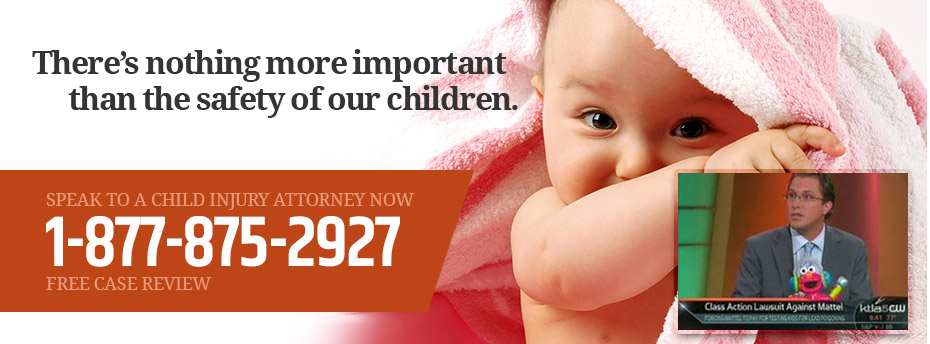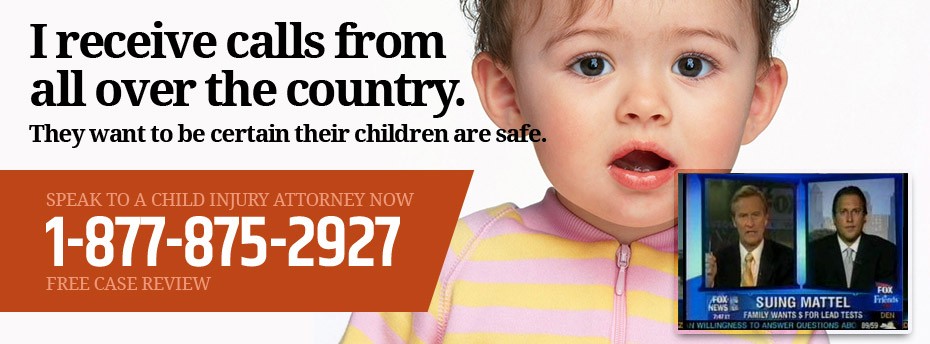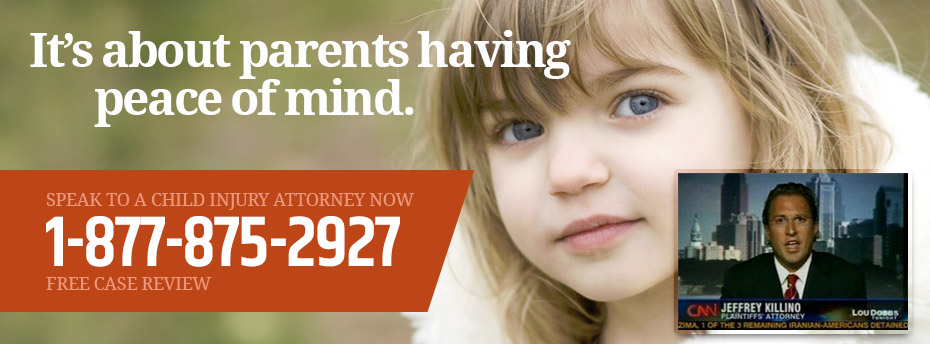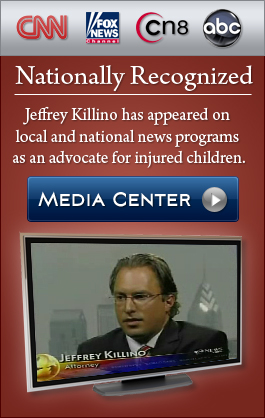A twelve-year-old Cleveland, Ohio, boy named Tamir Rice lost his life on November 22, 2014, in an incident that never should have happened. Tamir was reportedly waving a toy gun at people at a local playground when an adult male called 9-1-1 and alerted police of his actions, stating twice that the gun was probably a fake (a detail that may or may not have been shared with the two police officers who responded to the call). According to reports provided by police, when the responding officers located Tamir Rice and ordered him to hold up his hands, Tamir reached into his waistband and grasped his toy gun. One of the officers immediately fired two shots at the boy, hitting him in the torso, a reaction that has been reported to have taken no more than two seconds. Tamir Rice died of his injuries the following morning.
Descriptions of the incident have been reportedly supported, at least in part, by playground surveillance video that recorded Tamir’s movements before and during the shooting. According to reports, the video shows Tamir walking around the park and talking on a cell phone while occasionally extending his right arm with what looks like a gun in his hand. He then sits at a picnic table in a gazebo. The police officers are seen to pull up beside the gazebo in a patrol car. When Tamir appears to move his hand toward his waist, one of the officers, a rookie policeman, gets out of the patrol car and fires shots at Tamir from a distance of less than ten feet and within a two-second interval.
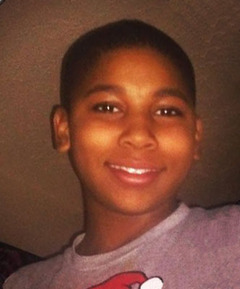 The police officers, who have been placed on administrative leave pending a probe into the shooting, have been reported to have claimed they thought the boy’s gun was real. Tamir Rice’s “gun” was, in fact, an “airsoft” replica toy handgun that had been designed with an orange tip to indicate that the gun was a toy. Cleveland police have stated that the officers were unable to distinguish the toy from the real thing because the orange tip that was meant to show that the gun was a toy was missing.
The police officers, who have been placed on administrative leave pending a probe into the shooting, have been reported to have claimed they thought the boy’s gun was real. Tamir Rice’s “gun” was, in fact, an “airsoft” replica toy handgun that had been designed with an orange tip to indicate that the gun was a toy. Cleveland police have stated that the officers were unable to distinguish the toy from the real thing because the orange tip that was meant to show that the gun was a toy was missing.
Despite suggestions that Tamir’s toy gun may have appeared real to the rookie officer who shot him, Tamir’s family and the public at large have expressed wholly appropriate concerns about the swiftness of the inexperienced officer’s shooting, his aiming at the boy’s torso (which is likely to kill), and his use of a lethal firearm rather than a taser, which could have effectively prevented Tamir’s use of his “gun” without causing him serious or fatal injuries.
These very legitimate concerns about the police officer’s actions call for a thorough investigation, satisfactory answers, and a consideration of better and safer police procedures. But, there are other concerns, as well, involving the design and manufacture of toy guns such as the one owned by Tamir Rice and the inadequacy of current law regarding the marking of these guns as toys. The safety of children throughout the country depends not only on experienced, appropriate, and safe police action but also on the safer design and manufacture of toy guns.
Airsoft guns are toy guns that are made to look like real firearms and that fire plastic, aluminum, or other pellet-type projectiles. They are currently manufactured by several dozen companies and purportedly designed to be non-lethal. Manufacturers claim that Airsoft guns are relatively safe when used with proper protection, such as protective eyewear. Reported injuries from Airsoft guns include eye injuries, broken teeth, and injuries to the skin.
But, what about the dangers of designing and manufacturing Airsoft or other toy guns so realistic in their appearance that they may not be distinguishable from genuine guns without special markings? Airsoft guns are not classified as firearms and are legal in the United States for children of any age to use (though no one under 18 is allowed to buy them in stores). Though Airsoft guns are generally sold in the United States with 6mm or longer orange tips on their barrels to designate them as fake firearms, the use of these tips is not required by federal law. Title 15 of the Code of Federal Regulations does require such tips on “toy, look-alike, and imitation firearms having the appearance and shape, and/or configuration of a firearm,” 15 CFR § 272.1, but exempts “traditional B-B, paint-ball, or pellet-firing air guns that expel a projectile through the force of compressed air, compressed gas or mechanical spring action, or any combination thereof” from the requirement. 15 CFR § 272.1(b).
Despite the absence of federal law requiring orange tips or other markings to designate replica and authentic-looking Airsoft and similar guns as fake, the manufacturers, designers, and sellers of these guns may still be held liable under product- liability law for injuries sustained when a toy gun is mistaken for a real one because it was not manufactured with an orange-tip or similar marking. They may also be held liable when a toy gun is manufactured with an orange tip that is easily removable or that too easily falls off. The absence of the clear marking of a realistic gun as a toy renders the toy unreasonably dangerous for use by a child or by an adult. As so clearly demonstrated by the unnecessary and tragic death of Tamir Rice, the absence of such clear markings can result in the wrongful death of anyone using these toys.
A toy that is unreasonably dangerous for any reason is considered defective under product-liability law, so that the designer, manufacturer, supplier, assembler, wholesaler, and retailer of a defective toy gun may be held strictly liable for injury or death caused by the toy’s defect. This is so regardless of whether the design or manufacture of the toy is accomplished in full compliance with current law and industry standards. The dangers posed by Airsoft, B-B, paint, and pellet guns call for a change in the federal law requiring these toy guns to have orange-tip markings that cannot be removed. Until that time, those involved in the production and sale of these dangerous toys can be held responsible for the damage they cause through civil product-liability actions.
Obtain Expert Assistance from Child-Injury Attorney Jeffrey Killino
Child-injury firm attorney Jeffrey Killino has dedicated his practice to keeping children safe from dangerous and defective toys and to holding manufacturers accountable for the injuries and deaths these products cause. If your child has been injured by a defective or dangerous toy or other children’s product or by someone’s negligence or medical malpractice, attorney Killino and his nationally-respected team of child-injury, defective-toy, and defective-products lawyers can help you obtain the justice you deserve from those responsible for your child’s injury or death.
